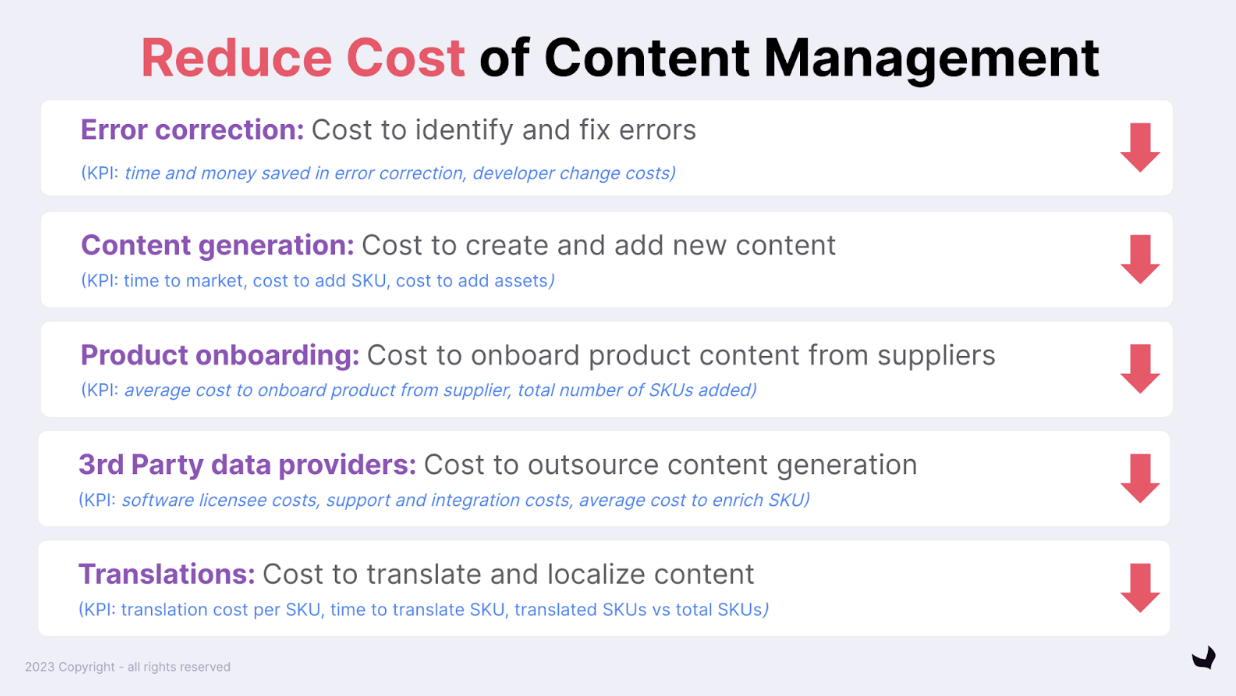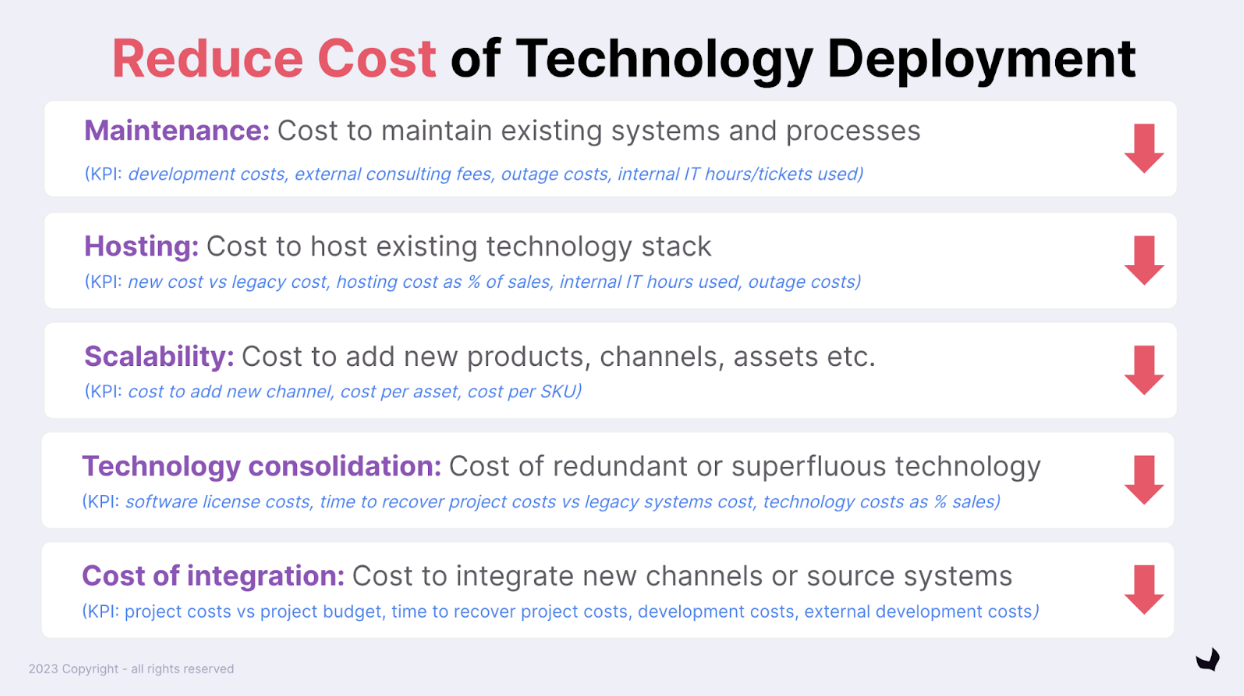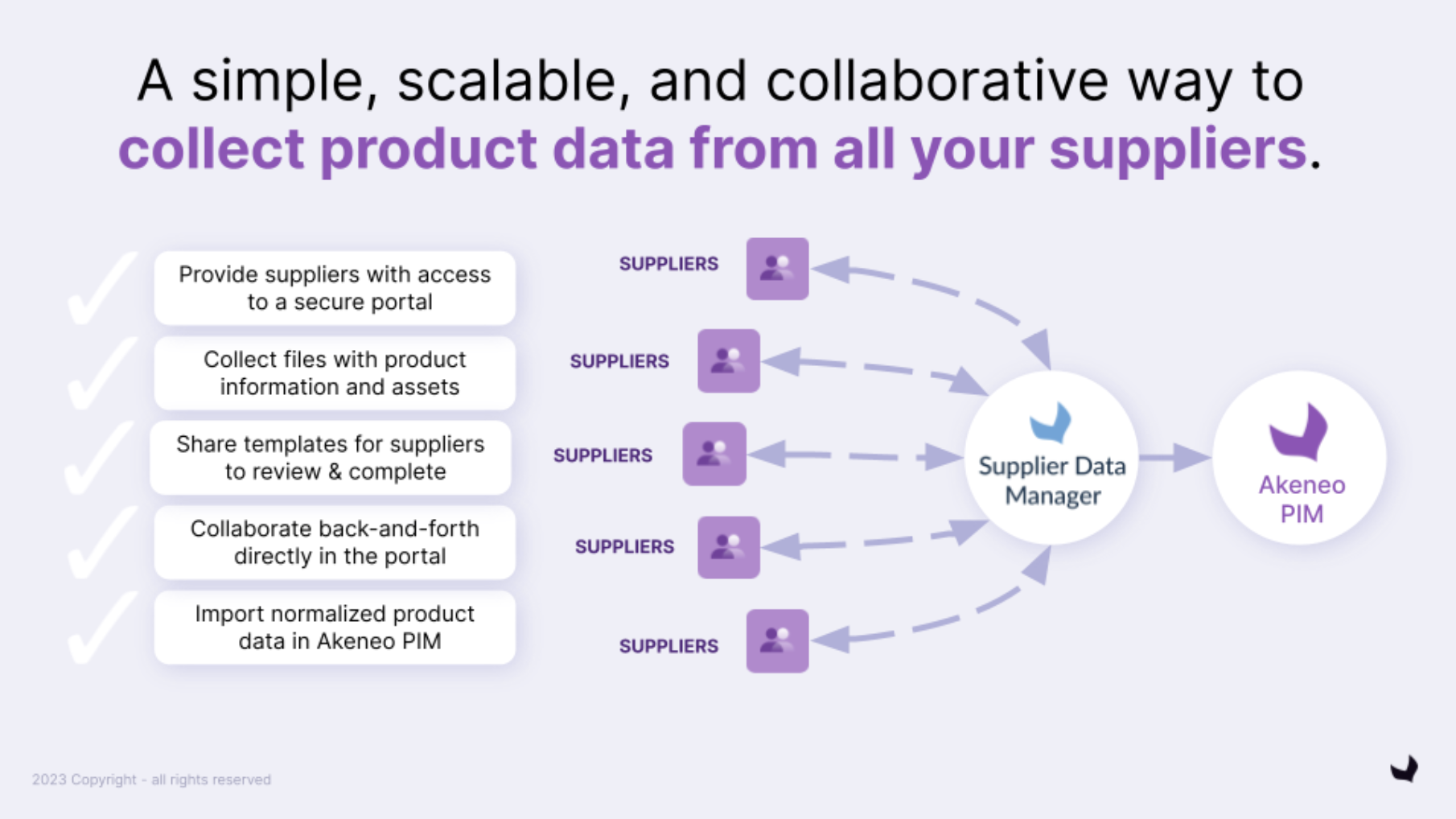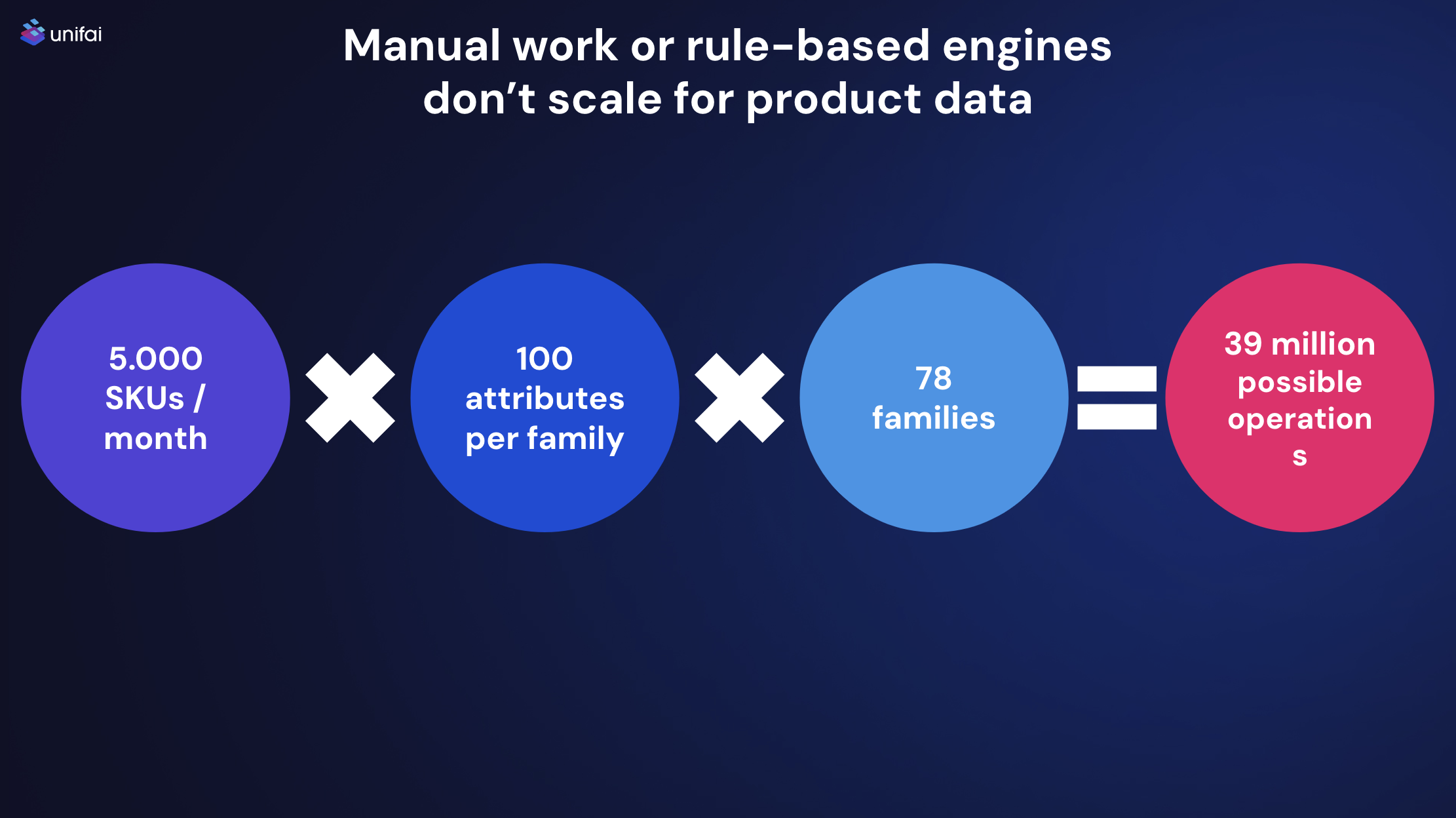Brands have a blind spot when it comes to customer experience. Nothing demonstrates this better than an Apple Store.
Have you ever walked into an Apple Store? If you’re being honest with yourself, it surpasses all other retail experiences. Everything is organized and immaculate. Every detail of the consumer’s interaction is meticulously designed to engage you and subtly convey the value of Apple and the products they sell. There’s no cluttered mess of inventory crammed into every nook and cranny.
Apple understands the importance of allowing customers to become fully immersed in what they sell. Products are displayed invitingly with ample space, and potential buyers are given everything they could want. They can touch products, operate them, and understand every feature and technical specification they can think of.
If a customer shows the slightest look of confusion or doubt, they are promptly pounced upon by one of the many Apple specialists waiting patiently to offer assistance. The result of this investment in experience speaks for itself; Apple has the highest retail sales per square foot of any brand worldwide.
If you talk to corporate marketers about the in-store Apple experience, they’ll roll their eyes at you. It’s been analyzed every which way by MBA programs everywhere and is considered old news. There are no new or profound insights to be found. Give customers a good experience, especially around your products, and they’ll buy more. Isn’t it obvious?
But for some reason, this acknowledgment of the importance of product experience hasn’t fully translated to digital channels. Scrutinize almost any brand’s product pages, and you’ll quickly find errors. These problems could include missing images, sparse filtering options, indifference to regulatory compliance, or my pet peeve, uninspired short-form product descriptions that have bubbled up from the depths of an ERP system.
This online shopping experience is the antithesis of the Apple store experience; this is the blind spot.
Many brands don’t appreciate that good product experiences are critical wherever you sell. This oversight can be costly, with over 63% of consumers saying they would abandon a brand they trusted following a negative product experience.
Brands selling on digital channels need to realize that the consumers who have been so thoroughly convinced by Apple’s in-store experiences over the last 10 years are the same consumers they’re trying to win over every day online. Before investing in the latest and greatest technology, SEO optimization, new sales channels, or more extensive catalogs, brands need to take a step back and think about the product experiences they provide their customers. These experiences need to be the foundation of their digital commerce strategy.
In fact, these organizations should have their own Product Experience (PX) Strategy, one that considers every interaction a customer, partner, or employee has with a product.
So, how can brands ensure they’re providing a good product experience? By implementing a PX Strategy that ensures their product experience offering across all channels is:
1. Accurate
Product experiences must properly convey the correct information to customers. This means being free of formatting errors, inaccurate information, missing or incomplete information, and even translation errors. Every brand needs clearly defined data governance for its product data. If you fail to provide accurate information, every other component of your product experience will be compromised.
2. Comprehensive
How many times have you scanned a product listing looking for one specific piece of information, like the maximum resolution of a monitor or the washing instructions of a new blouse, only to realize it isn’t there? If a critical piece of information you need to make a purchase doesn’t exist, you’ll probably buy elsewhere. The more information you can provide your customers, the more likely they are to actually buy a product from you. Take things to the next level by also telling buyers how they can use your product, preferably in conjunction with another product or service you sell.
3. Discoverable
Products need to be easy to find for customers. The products you sell must be easy to discover in search engines, 3rd party marketplaces or retailers, and your own digital solutions. The two previous steps play a critical role in helping to support search; even the most sophisticated SEO solution is hampered without correct and comprehensive product information. Discoverability is also supported by things like facets on a website, metadata, and compatibility with other products and services you sell.
4. Consistent
Consumers today bounce between mobile apps, marketplaces, social media, and even traditional print and in-store buying experiences. Your product experiences need to be consistent and high-quality across every interaction you have with a customer. Just because your customers tend to buy on your eCommerce site doesn’t mean they aren’t engaging with your products elsewhere. With over 70% of consumers saying they research multiple touchpoints to gather more information to make a purchase decision, brands today can’t afford to have a single weak link in their omnichannel product experiences.
It’s also essential to adapt your content consistently to every region and language you sell to. This doesn’t just mean translation; it also means considering cultural and regulatory expectations such as Natasha’s Law in the UK, which requires allergen information be place prominently on pre-packaged food, or Digital Product Passports that are set to be a requirement for certain businesses that sell in the EU by 2026.
5. Personalized
Personalization is a hot topic in commerce. Consumers increasingly expect a personalized shopping experience. This includes product recommendations based on website interactions, purchase history, loyalty clubs, gamification, or product compatibility. This could also include analyzing the purchase or browsing behavior of similar customers and recommending products or services that were also purchased by those customers.
6. Compelling
A product experience is about more than just product information. It’s an opportunity to help sell a product, convey brand values, and build customer loyalty. (Hint: If your ERP system is the source of truth for your product descriptions, you’re failing at this step.) Compelling product experiences are created by providing rich visual assets and marketing copy, telling brand stories, and meeting customers’ expectations around regulations and sustainability standards. User-generated content is also compelling for buyers.
It may be impossible to replicate the Apple in-store experience online. Even the most innovative AR technologies or creative UX designers can’t replace the sensory experience of a physical retail location. But this doesn’t mean product experiences are less important in the digital world.
Consumers browsing your websites still visualize themselves holding a product, consider how a product makes them look, or strategize about how a product can solve a problem they have.
People always want to engage with the products they’re about to buy, even if it’s behind a keyboard. Don’t be blind to this crucial component of customer experience, and build a good product experience that has its foundation in accurate, up-to-date product information.























